
From Finished Movies to Interactive Experiments: The Industry’s Most Expensive Creative Mistakes.
Hollywood operates like the music industry’s chaotic cousin – promising projects that vanish faster than a one-hit wonder’s career. You know that feeling when your favorite underground band gets signed to a major label, only to disappear into corporate limbo? That’s Hollywood’s specialty. For every blockbuster that dominates theaters, dozens of films collapse under budget constraints, creative differences, or plain old bad timing. The journey from script to screen resembles a musician’s path from demo to album release – treacherous, unpredictable, and littered with casualties.
10. Aurora: The Director-Studio Standoff

Few phenomena match the strange case of a completely finished film being locked away – it’s like recording a perfect album then hiding it in your closet. Michel Gondry’s coming-of-age musical biopic “Golden” seemed destined for success with Kelvin Harrison Jr., Halle Bailey, and Da’Vine Joy Randolph. The Pharrell Williams-inspired film wrapped photography without issues, only for Universal to slam the brakes three months before release.
Their explanation of finding “no path forward in the editing room” raised more eyebrows than a surprise Taylor Swift album drop. The $20 million write-off now sits in digital purgatory – a completed film without an audience, like a Beatles bootleg that only five people have heard.
9. The Graveyard Book: Development Purgatory
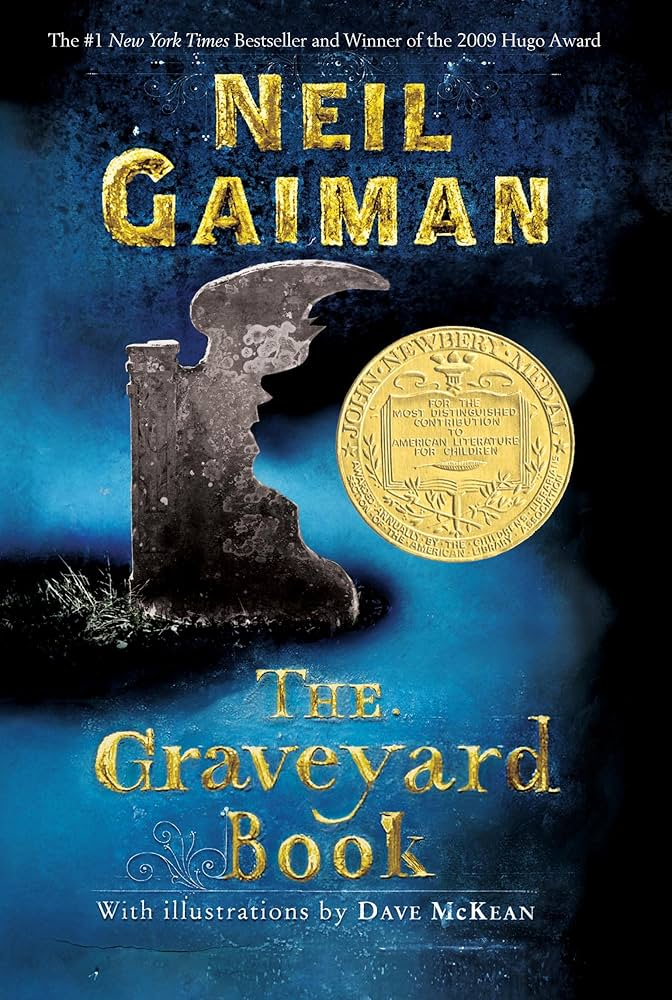
Neil Gaiman’s beloved fantasy novel has haunted development corridors since 2009, refusing to cross over to screens. Despite winning the Newbery Medal and building devoted fans, this adaptation faces more setbacks than a struggling indie band trying to book venues. Director Mark Forster attached himself in 2022, breathing life into the long-gestating project, but progress remains elusive.
The source material seems tailor-made for cinematic adaptation – like a concept album begging to become a rock opera. Yet “The Graveyard Book” exists in that peculiar Hollywood purgatory where promising projects fade away like forgotten B-sides.
8. Tangled Live-Action Remake: The Technical Tangle
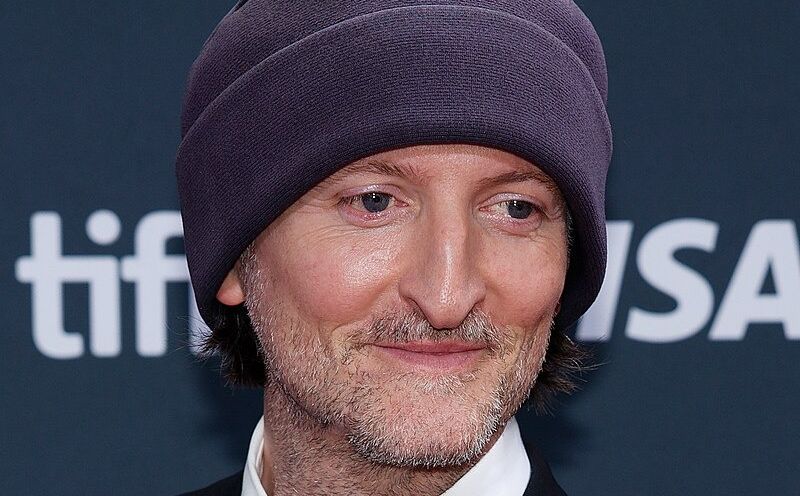
Disney confirmed live-action “Tangled” plans with Michael Gracey potentially directing, but significant challenges loom ahead. Recent performance of Disney’s live-action remakes suggests they aren’t guaranteed successes anymore. The technical hurdles appear formidable – creating Rapunzel’s magical hair and Corona kingdom would demand extraordinary visual effects work.
The animated version cost $260 million in 2010, suggesting a live-action remake could require even more substantial investment. Disney executives are carefully weighing financial risks like A&R scouts deciding whether to sign expensive acts.
7. Black Mirror: Bandersnatch: The Disappearing Innovation

When “Bandersnatch” debuted in 2018, it broke ground as Netflix’s first interactive film – think choose-your-own-adventure meets streaming television. Each viewing created unique experiences, like hearing different mixes of the same song depending on your headphones. The innovation felt fresh in an industry obsessed with sequels and reboots.
By May 12th, 2025, Netflix removed Bandersnatch entirely from its platform. With no physical release or VOD option available, this pioneering work effectively vanished – a meta twist worthy of “Black Mirror” itself. Sometimes the most interesting experiments disappear first.
6. Sergeant Rock: The Timing Casualty

DC Comics’ World War II hero nearly marched onto screens under Luca Guadagnino’s direction, with Daniel Craig and Colin Farrell reportedly considered for the title role. Warner Brothers shelved the project due to scheduling challenges that proved impossible to resolve. With superhero fatigue spreading through the industry and WB’s constantly shifting priorities, “Sergeant Rock’s” revival chances seem remote.
The character’s rich comic history remains untapped cinematic territory – like having the Beatles’ catalog but never releasing their songs. Sometimes timing beats talent.
5. The Shrinking of Treehorn: The Animation Anomaly
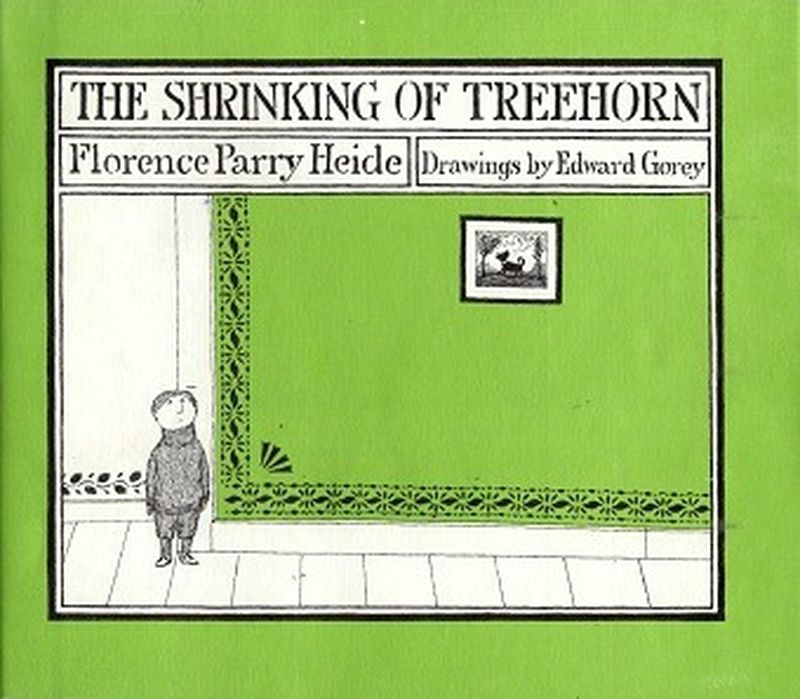
Ron Howard planned to adapt Florence Parry Heide’s 1971 children’s classic about a mysteriously shrinking boy. The animated feature secured November 2023 theatrical release before Netflix acquired distribution rights. For undisclosed reasons, the project was subsequently shelved, leaving it suspended in animation limbo.
Howard’s perpetually packed schedule makes resurrection unlikely despite the book’s enduring charm. Sometimes even legendary directors can’t save projects from corporate decision-making that values spreadsheets over storytelling.
4. Armor Wars: The Marvel Misfire
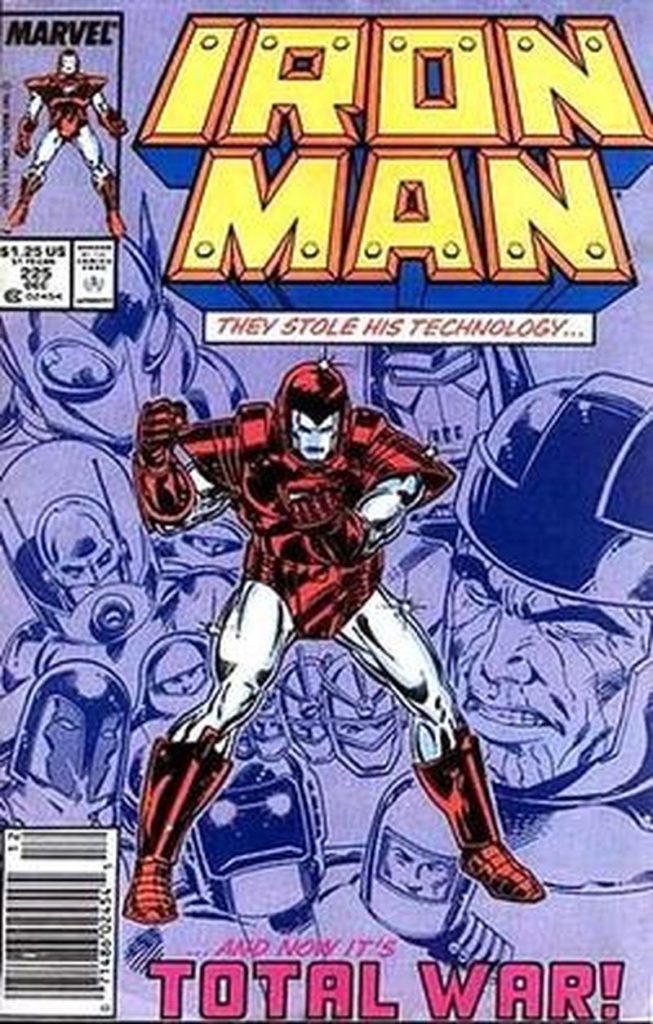
Marvel’s “Armor Wars” began as a Disney+ series before receiving promotion to feature film status in 2022. The story promised Rhodey confronting dangers from Tony Stark’s technology falling into wrong hands, with Walton Goggins returning as Sonny Burch. By early 2025, Marvel shelved the project as part of Kevin Feige’s strategic pivot toward fewer productions.
For fans eager to see War Machine headline his own story, the cancellation hit hard. Marvel’s increasingly selective approach mirrors how record labels now focus on guaranteed hits rather than developing diverse rosters.
3. Aurora: The Director-Studio Standoff
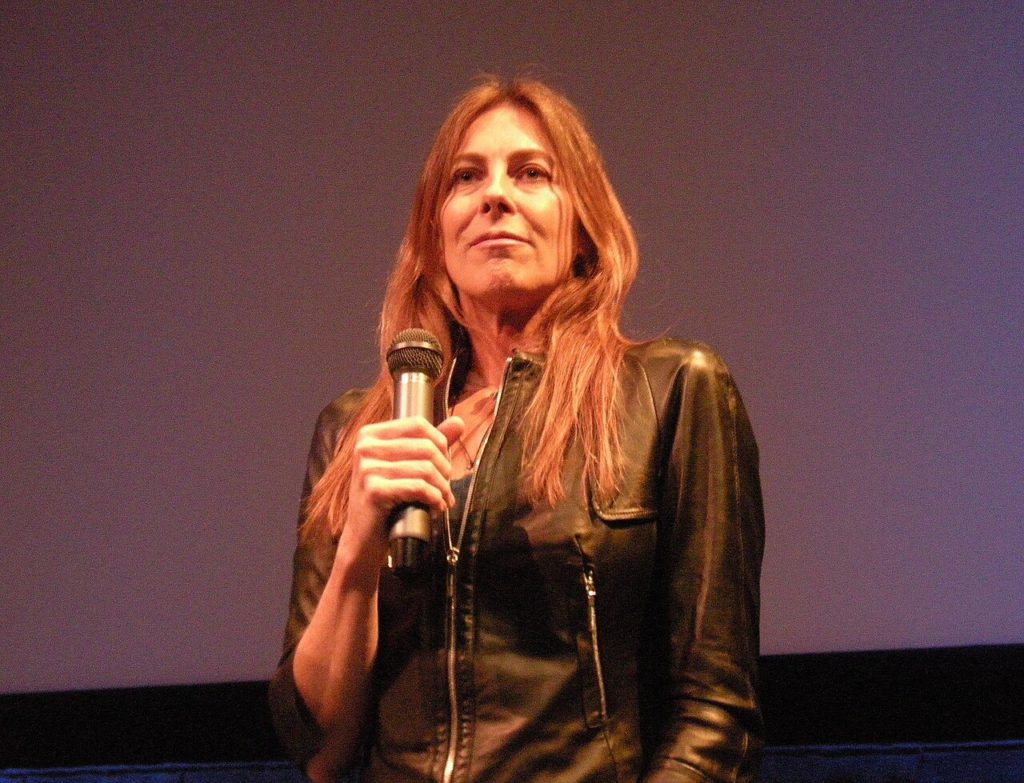
Kathryn Bigelow was set to direct “Aurora” in March 2022, adapting David Koepp’s novel about a mother and son navigating catastrophic solar storm. Netflix committed substantial resources before creative differences emerged with seismic force. Bigelow sought artistic control while Netflix pushed for broader commercial appeal – a tale as old as major labels sanitizing punk bands.
The Oscar-winning director eventually walked away, causing project collapse. Surprisingly, Bigelow later partnered with Netflix on a different political thriller, proving their professional relationship survived this creative divorce.
2. Love Child: The Financial Flatline
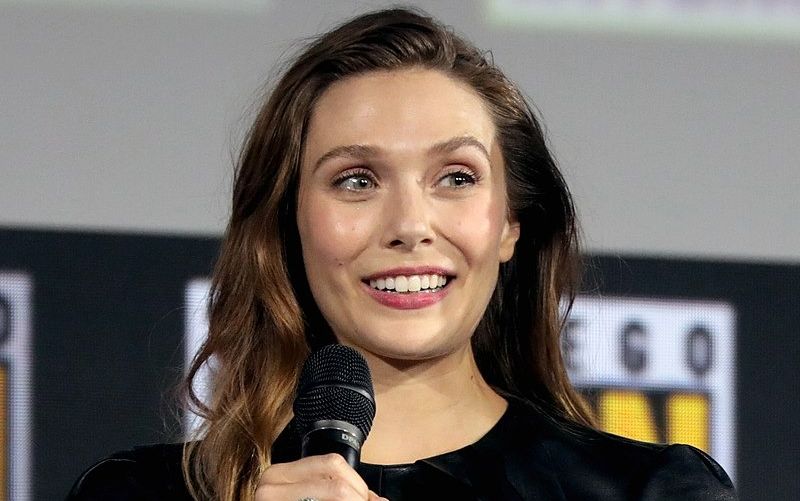
Todd Solondz’s darkly comedic drama “Love Child” collapsed weeks before cameras rolled. Elizabeth Olsen was set to star as a woman in an abusive marriage whose young son plots to murder his father. The sudden funding evaporation killed the project despite its compelling premise balancing between disturbing and fascinating.
Solondz maintains hope for eventual production, but his films’ modest financial returns make finding investors challenging. Today’s risk-averse market favors algorithms over artistic vision – like streaming services that only promote chart-toppers while burying experimental music.
1. The Trashers: The Budget Breakdown
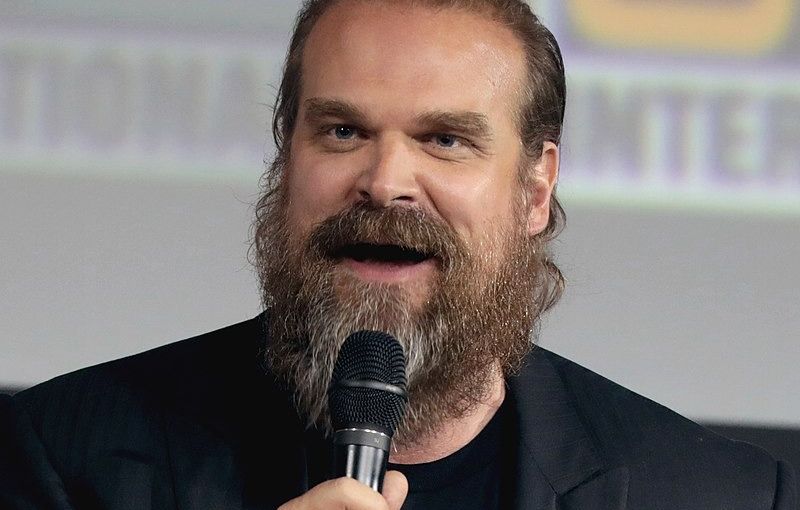
Cooper Raiff’s planned crime drama “The Trashers” hit financial obstacles despite attracting David Harbour and Cooper Hoffman. The ambitious script required substantial funding that investors hesitated to provide. Raiff’s previous films operated on modest budgets, potentially raising questions about managing higher-stakes productions.
While he maintains hope for eventual production, he acknowledges today’s financing climate challenges. Mid-budget films have become increasingly rare – like finding record labels willing to invest in artists who aren’t guaranteed platinum sellers.





















